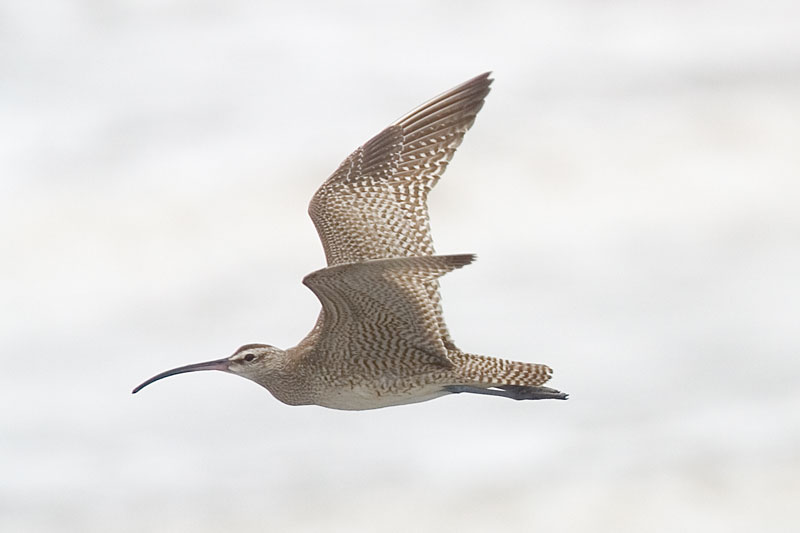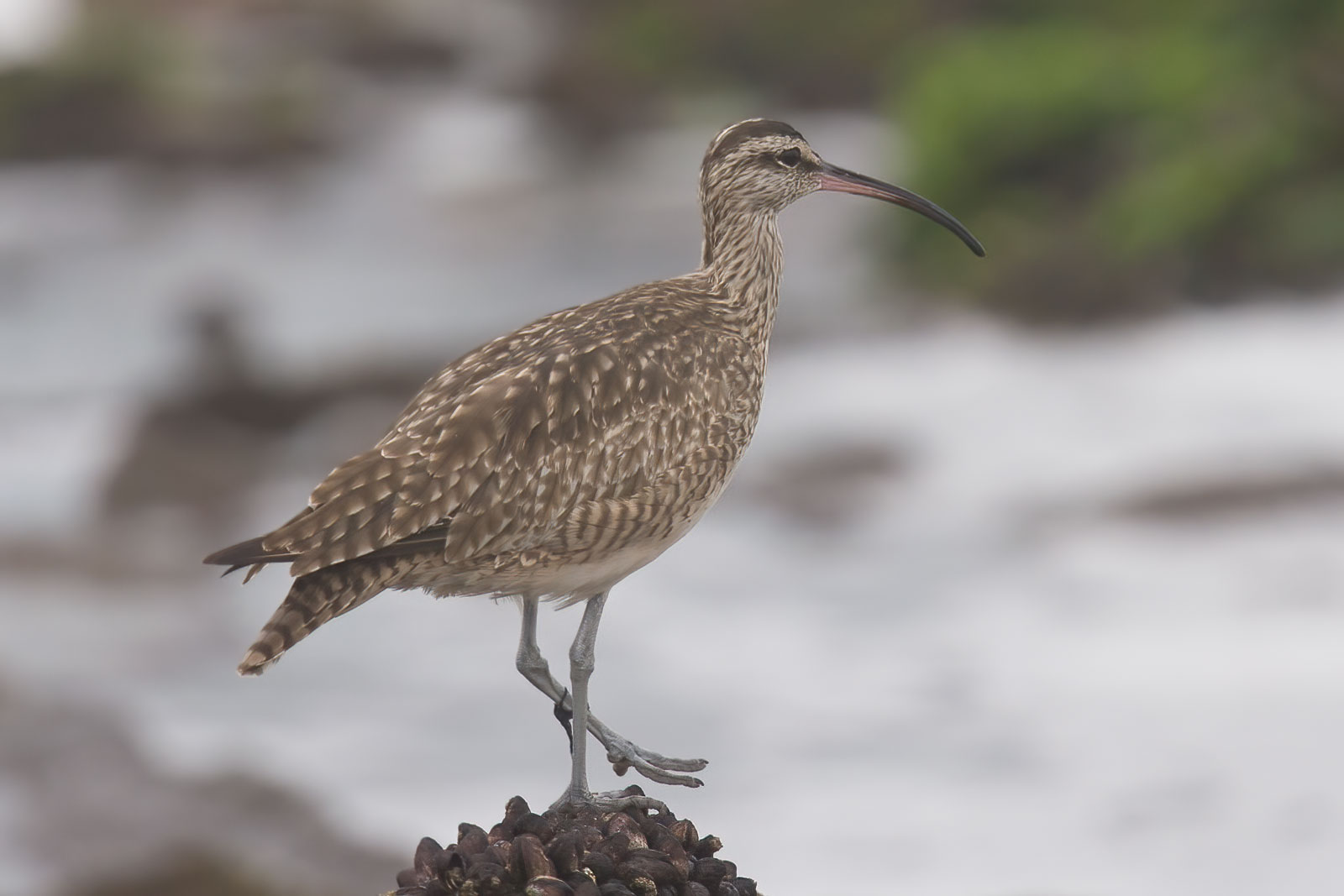The Hudsonian Whimbrel: A Comprehensive Overview
Share
The Hudsonian Whimbrel, scientifically known as Numenius phaeopus hudsonicus, is a fascinating bird that belongs to the family Scolopacidae within the order Charadriiformes. This article delves into the taxonomy, habitat, behavior, and conservation status of this remarkable species, providing birdwatchers and enthusiasts with valuable insights.

Taxonomy
The Hudsonian Whimbrel is classified under the following taxonomic hierarchy:
- Order: Charadriiformes
- Family: Scolopacidae
- Suborder: Charadrii
- Subfamily: Tringinae
- Species: Numenius phaeopus
- Subspecies: hudsonicus
- Type: Numenius hudsonicus Latham, Ind. Orn., 2, 1790, p. 712 (Hudson Bay)
This classification highlights the bird's close relationship with other shorebirds, particularly those in the genus Numenius, known for their long bills and distinctive calls.
Physical Characteristics
The Hudsonian Whimbrel is a medium-sized shorebird, characterized by its long, curved bill, which is adapted for probing into mud and sand for food. Adults typically measure between 14 to 16 inches in length, with a wingspan of about 30 inches. Their plumage is predominantly brown and gray, providing excellent camouflage against their natural habitats.

Habitat
Breeding primarily occurs along the Arctic coast of North America, from Norton Sound to the Anderson River, and locally to Fort Churchill. The Hudsonian Whimbrel prefers open tundra and coastal areas for nesting, where it can find ample food sources and suitable cover.
During the winter months, this species migrates to warmer climates, ranging from southern California down the Pacific coast to Chiloe Island, Chile. On the east coast, it can be found from British Guiana to the mouth of the Amazon, as well as in the Galapagos Archipelago. Migration routes often take them along both coasts of North America and through the West Indies.

Diet
The Hudsonian Whimbrel primarily feeds on invertebrates, including crustaceans, mollusks, and various marine worms. Its long bill allows it to probe deep into the mud and sand, where it can locate its prey. During the breeding season, the diet may also include insects and other small invertebrates found in the tundra.
Behavior
This species is known for its distinctive call, a series of melodious whistles that can be heard during the breeding season. The Hudsonian Whimbrel is often seen foraging alone or in small groups, particularly during migration. They are highly migratory birds, traveling long distances between their breeding and wintering grounds.

Reproduction
Breeding typically occurs in late May to early June. The female lays a clutch of 3 to 4 eggs in a shallow nest, often located in a slight depression on the ground. Both parents share the responsibility of incubating the eggs, which hatch after about 25 to 30 days. The chicks are precocial, meaning they are able to walk and feed themselves shortly after hatching.
Conservation Status
The Hudsonian Whimbrel is currently classified as a species of least concern by the IUCN, but it faces threats from habitat loss due to climate change and human activities. Conservation efforts are essential to ensure the survival of this species, particularly in its breeding habitats.

Birdwatching Tips
For birdwatchers interested in observing the Hudsonian Whimbrel, the best time to spot them is during migration in the spring and fall. Coastal areas, mudflats, and estuaries are ideal locations. Look for them in small groups, often foraging along the shoreline or in shallow waters. Their distinctive calls can also help locate them.
Final Thoughts
The Hudsonian Whimbrel is a remarkable bird that plays a vital role in its ecosystem. Its unique adaptations and migratory behavior make it a fascinating subject for study and observation. By understanding and protecting this species, we can ensure that future generations will also have the opportunity to appreciate its beauty and ecological significance.